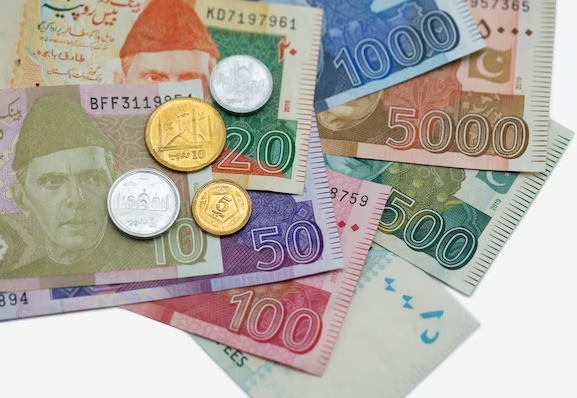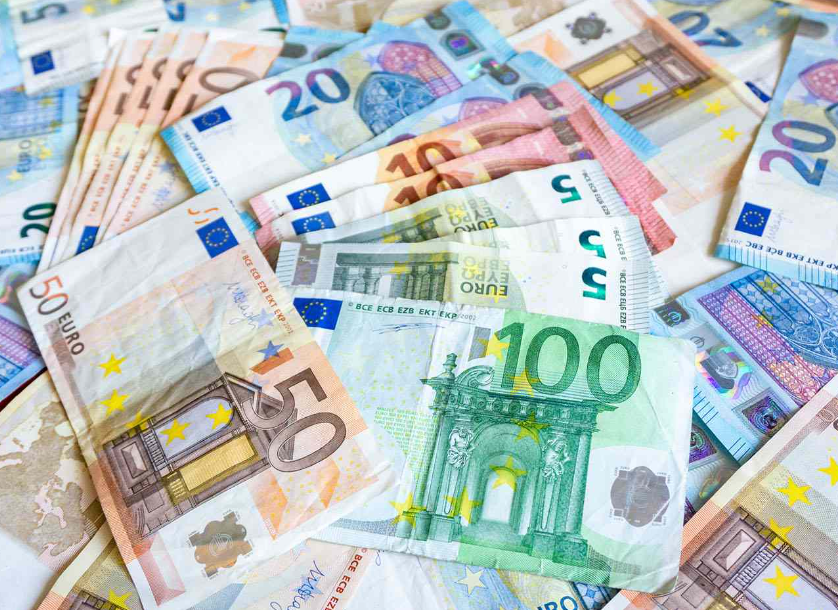The Canadian dollar holds a significant place in the country’s history, economy, and identity. As the official Canada National Currency, it plays a pivotal role in various aspects of Canadian society, from daily transactions to international trade. In this article, we will delve into the fascinating world of the Canadian dollar, exploring its historical background, design and features, economic significance, international standing, and even touch upon the potential impact of digital currencies. So, let’s dive in and uncover the secrets of Canada’s national currency.
Currency is an essential part of any country’s financial system. It serves as a medium of exchange, unit of account, and store of value. The national currency represents a nation’s sovereignty and is a symbol of its economic strength and stability. The Canadian dollar, also known as CAD or $, fulfills this role for Canada, and understanding its origins and significance is crucial to grasp the country’s economic landscape.
Historical Background of the Canada National Currency
The history of the Canadian dollar dates back to the early days of European colonization. Before the arrival of European settlers, Indigenous communities in Canada engaged in trade using various forms of currency, such as furs, shells, and beads. However, it was not until the 19th century that the Canadian dollar emerged as the official currency.
In 1858, the Canadian provinces began using the Canadian pound, which was later replaced by the Canadian dollar in 1871. Over the years, the Canadian dollar has undergone several changes, including the adoption of a decimal system in 1858 and the introduction of polymer banknotes in 2011, making it one of the most advanced currencies in terms of security and durability.
Design and Features of the Canada National Currency
The Canadian dollar comes in various denominations, including $5, $10, $20, $50, and $100 bills, as well as coins in $1 and $2 denominations. Each bill features iconic Canadian symbols, such as images of important historical figures, famous landmarks, and significant cultural representations.
In addition to its aesthetic design, the Canadian dollar incorporates advanced security features to prevent counterfeiting. These features include holograms, raised ink, and unique serial numbers, ensuring the integrity and trustworthiness of the currency.
Furthermore, the Royal Canadian Mint produces special edition and commemorative coins, showcasing themes that reflect Canada’s diverse culture and heritage. These coins are highly sought after by collectors and serve as a representation of Canadian pride.
The Role of the Canadian Dollar in the Economy
The Canadian dollar plays a crucial role in Canada’s economy, influencing various aspects of financial and economic activities. One of the key factors contributing to the significance of the Canadian dollar is its stability and trustworthiness. The currency’s stability provides a reliable medium for exchange, encouraging domestic and international trade.
Moreover, the exchange rate of the Canadian dollar against other currencies affects the competitiveness of Canadian goods and services in the global market. Fluctuations in the exchange rate can impact the profitability of export-oriented industries and influence foreign investments in the country.
The Bank of Canada, as the country’s central bank, has the responsibility of formulating and implementing monetary policy to maintain price stability and promote economic growth. The Canadian dollar plays a vital role in these policies, as it acts as a mechanism through which the central bank manages inflation and stimulates the economy.
Factors Influencing the Value of the Canada National Currency
Several factors influence the value of the Canadian dollar in the foreign exchange market. Economic indicators, such as GDP growth, employment rates, and consumer price inflation, play a significant role in determining the currency’s value.
Interest rates, set by the Bank of Canada, also influence the Canadian dollar’s value. Higher interest rates attract foreign investors seeking higher returns, leading to an appreciation in the currency. Conversely, lower interest rates can lead to a depreciation of the Canadian dollar.
Another crucial factor affecting the Canadian dollar is the country’s resource sector. Canada is rich in natural resources, including oil, gas, minerals, and forestry products. Fluctuations in commodity prices can have a substantial impact on the Canadian dollar, as the resource sector plays a significant role in the country’s export revenue.
International Significance of the Canada National Currency
The Canadian dollar has international significance beyond its domestic use. It is one of the major reserve currencies, alongside the US dollar, euro, British pound, and Japanese yen. Being a reserve currency means that central banks around the world hold Canadian dollars as part of their foreign exchange reserves, further solidifying its role in global finance.
Furthermore, the value of the Canadian dollar can influence the number of tourists visiting Canada and the amount of foreign investment the country receives. A strong Canadian dollar can make traveling to Canada more expensive, while a weak currency can attract foreign investors seeking opportunities in the country.
Comparatively, the Canadian dollar is often viewed as a stable and reliable currency. It has maintained a relatively strong position against other major currencies, making it an attractive option for international trade and financial transactions.
Impact of Digital Currencies on the Canadian Dollar
In recent years, digital currencies, particularly cryptocurrencies like Bitcoin, have gained significant attention and popularity. While cryptocurrencies operate independently of traditional currencies like the Canadian dollar, their rise has sparked discussions and potential implications for national currencies and central banks.
The Bank of Canada, like other central banks worldwide, is closely monitoring the development of digital currencies and considering their potential impact on the Canadian dollar and the overall financial system. Regulatory measures are being explored to ensure the stability and security of the Canadian dollar in the face of the evolving digital landscape.
FAQs about the Canadian Dollar
Q1: What are the denominations of the Canadian dollar?
The Canadian dollar is available in $5, $10, $20, $50, and $100 denominations for banknotes, and $1 and $2 denominations for coins.
Q2: How often does the design of Canadian bills change?
The design of Canadian bills undergoes changes periodically to incorporate new security features and reflect Canada’s evolving culture and heritage. However, the frequency of these changes may vary.
Q3: Can the Canadian dollar be used in other countries?
The Canadian dollar is not widely accepted as a form of currency in other countries. It is primarily used within Canada, and travelers are advised to exchange their currency for the local currency of the country they are visiting.
Q4: Does Canada use a decimal system for currency?
Yes, Canada uses a decimal system for its currency. The Canadian dollar is divided into 100 cents, with coins available in denominations of 1 cent, 5 cents, 10 cents, 25 cents, and higher.
Q5: What are some famous landmarks depicted on Canadian banknotes?
Canadian banknotes feature various famous landmarks, including the Peace Tower on Parliament Hill, the Canadarm and Dextre on the $5 bill, the Canadian Museum for Human Rights on the $10 bill, and many more.
Conclusion
In conclusion, the Canadian dollar holds immense importance as Canada’s national currency. From its historical evolution to its design and security features, the Canadian dollar represents the country’s heritage, stability, and economic prowess. Its role in the economy, international significance, and potential impact of digital currencies make it a fascinating subject to explore. As Canada continues to evolve, so does its national currency, adapting to the changing times while preserving its identity and value.
References:
- Bank of Canada. (n.d.). Canadian Currency. Retrieved from https://www.bankofcanada.ca/banknotes/
- Bank of Canada. (n.d.). Design Features of Canada’s Polymer Bank Notes. Retrieved from https://www.bankofcanada.ca/banknotes/polymer/
- Government of Canada. (n.d.). Canadian Coins. Retrieved from https://www.mint.ca/store/mint/about-the-mint/canadian-coins-6900002

